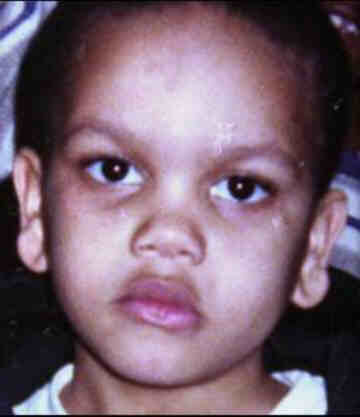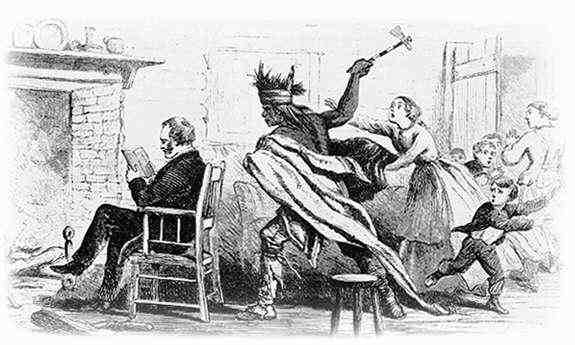 On
a 29 November:
On
a 29 November: 2002 Il Papa Giovanni Paolo II, nell'udienza alla Pontificia Università Urbaniana [foto >], volge lo sguardo con sofferenza sul mondo di oggi che come dimostrano i recenti, feroci attentati continua ad essere lacerato ed in balia dell'odio: “ La violenza, il terrorismo, la guerra costruiscono nuovi muri tra i popoli”.
2002 Hoping for diminished attention from the public on this Friday following Thanksgiving US minority-president George “Dubya” Bush announces by E-mail that he is using his [creepingly dictatorial] “authority” to deny civilian Federal employees the pay raise they were to receive starting on 01 January 2003, limiting it to 3.1%. (he does not cut the military's 4.1% increase in pay). His pretext: “A national emergency has existed since Sept. 11, 2001. Such cost increases would threaten our efforts against terrorism or force deep cuts in discretionary spending or federal employment to stay within budget. Neither outcome is acceptable.” Dubya ignores his own administration's estimate that Federal workers earn an average of 18.6% less than private workers in similar jobs. Dubya cuts the increase in locality pay, intended to reduce that salary gap in more than 30 metrolitan areas, including New York, Boston, San Francisco, Dallas, Houston, Cincinnati, Orlando, Kansas City, and Washington DC. After citing the current 2.1% inflation rate in the US, the arrogant minority-president adds: “I do not believe this decision will materially affect our ability to continue to attract and retain a quality federal work force.” And he does not even have the excuse of being a moron! (On 26 November 2002, Françoise Ducros, Canadian Prime Minister Jean Chrétien's communications director, resigned after she was overheard, on 20 November at the NATO summit meeting in Prague, saying about Dubya: “Quel crétin!”)
1999 Protestant and Catholic adversaries form a common Northern Ireland government.
 1999
The Miami relatives of Elian Gonzalez retain attorney attorney Spencer Eig
to become his legal guardians and to block any move to take the boy back
to Cuba. [< photo: Elian and his great-aunt Caridad Gonzalez ]
1999
The Miami relatives of Elian Gonzalez retain attorney attorney Spencer Eig
to become his legal guardians and to block any move to take the boy back
to Cuba. [< photo: Elian and his great-aunt Caridad Gonzalez ]1998 Rogue policemen beat up innocent Cuban immigrant
Cuban immigrant Yoel Pacheco is allegedly beaten by two Hialeah, Florida, police officers, Rolando Bolanos Jr. and his brother Daniel. On the night of November 29, the brothers, who were responding to a domestic violence call, found Yoel Pacheco trying to resolve a dispute between his cousin and her husband. When he later tried to leave, the two officers stopped Pacheco, a 23-year-old welder with no criminal record. According to Miami-Dade State Attorney Katherine Fernandez Rundle, whose office conducted an eight-month investigation into the incident, Pacheco was then "taken to a remote location and beaten by the defendants after he had been arrested and placed in handcuffs." Pacheco's attorney claimed that doctors could not examine Pacheco's left eye three days after the incident because his face was so swollen. After Pacheco's claims became public, eight others came forth to say that they too had been beaten by one or both of the brothers. Daniel Bolanos had been accused of police brutality twice before, but both incidents were dismissed. In 1997, his application to the Miami police force was rejected because he admitted to using steroids. In 1989, his brother Rolando, who was 17 years old at the time, pled guilty to a charge of grand theft auto. He had also been arrested for aggravated assault, burglary, and other minor charges, which he failed to mention on his application to become a police officer 10 years later. The Bolanos brothers, who tried to cover up their attack on Pacheco by falsifying a police report, were arrested for battery and official misconduct. Police brutality and corruption has received much attention in the national press in recent years, and many groups have lobbied for police reforms and closer investigation into illegal police activity. Miami-Dade State Attorney Rundle said that more efforts were being made in her county to punish officers who break the law. Her office also reported that of 159 officers charged with various crimes from 1994 to 1995, 77 of them were convicted.
 Deaths
Deaths